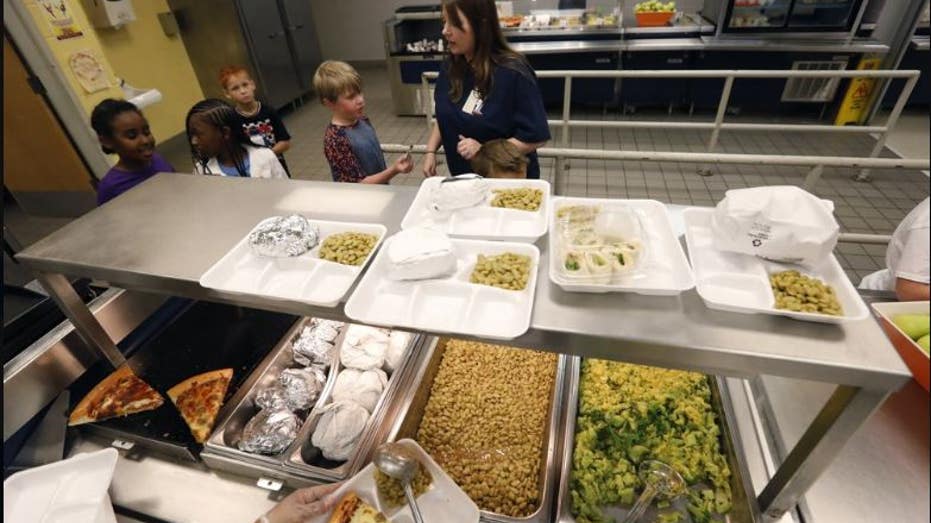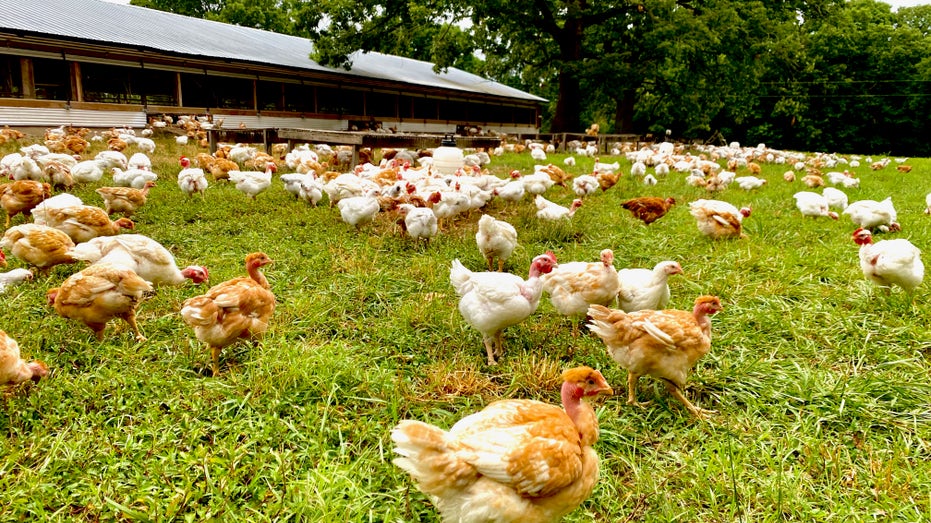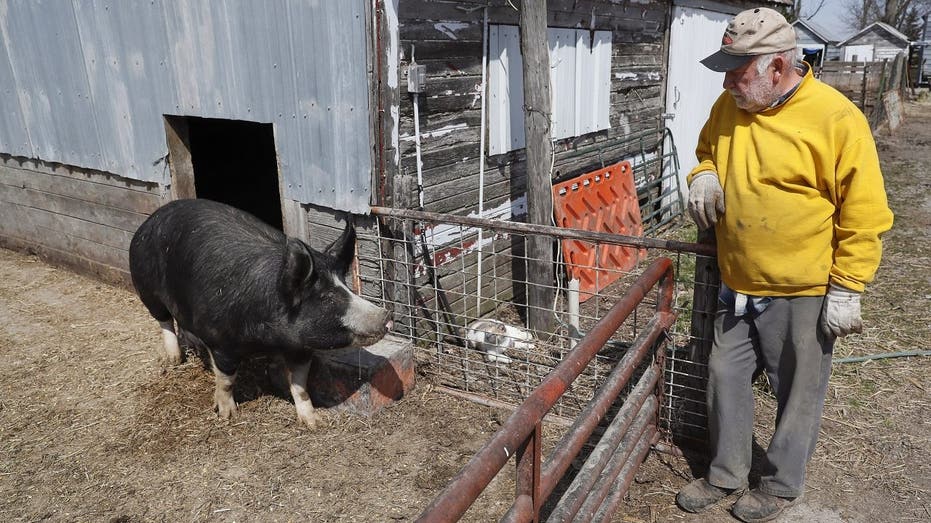Farmers brace for coronavirus impact on food supply in fall
'Forecasting has been impossible,' Blue Apron co-founder and Cooks Venture founder Matt Wadiak said
Farmers are bracing for uncertain fall and winter seasons amid the coronavirus pandemic.
The impact of the virus on U.S. food supply chains forced farmers to euthanize “millions” of chickens and hogs, Matt Wadiak, co-founder of meal preparation service Blue Apron and founder of heirloom chicken company Cooks Venture, told FOX Business.
“Forecasting has been impossible,” Wadiak said. “There are a lot of question marks.”
With some school food courts, business cafeterias and restaurants still closed due to COVID-19, there has been less demand for certain types of food. The fresh produce industry has been relatively resilient despite lockdowns because people are cooking more at home, though grain and soybean farmers have been struggling financially since before COVID-19 due to ongoing U.S.-China trade tensions.
The meat industry is also facing an uncertain future after the worst of COVID-19 in the spring.

A teacher lines up the students for school-prepared lunches at Madison Crossing Elementary School in Canton, Miss., Aug. 9, 2019. AP Photo/Rogelio V. Solis)
COVID-19 infected hundreds of workers at meatpacking plants across the country, forcing closures and temporary meat shortages in some grocery stores. President Trump invoked the Defense Production Act in April to keep plants open with federal assistance, though some are still facing closures.
Poultry company Foster Farms on Tuesday closed one of its processing plants in California for a week of cleaning at the request of local health officials after eight workers died of COVID-19 and nearly 400 tested positive, according to a press release.
As a result of early and ongoing plant closures, some farmers — especially those who raise animals — still face overcrowding issues.
IOWA REQUESTS NEARLY $4B IN DISASTER AIR AFTER DERECHO, GOVERNOR SAYS STATE IS ‘HURTING’
Wadiak pointed to “modern breeding” as the reason behind animal overcrowding.
"Fast-growing breeds are the problem," he said. "With every pound they grow — and these chickens are already packed into horrifically overcrowded [coops] — they can't breathe. They have no space."
Chickens grow so fast with modern breeding techniques that if they continue to live and grow beyond farmers’ expected harvest times, they can develop severe health problems, and mass euthanization is the only solution for farmers in those situations, Wadiak said.

Cooks Venture chickens (Credit: Cooks Ventrue)
Hog farmers face a similar issue in which pigs cannot be harvested once they reach more than 270 pounds in accordance with national guidelines, according to the National Prok Producers Council. Timing for hog farmers is crucial because it takes 10 months to raise a pig for harvest.
The National Pork Producers Council estimated that some 10 million hogs could be euthanized by September.
US FARMERS SCRAMBLE FOR HELP AS COVID-19 SCUTTLES IMMIGRANT WORKFORCE
Pennsylvania Farm Bureau Vice President Chris Hoffman, who won America's Best Pig Farmer of the Year award in 2019, explained the process to FOX Business in May.
"Every week, we have a certain amount of hogs in our facility that need to be processed. It's not like you can turn the spigot off. It takes 10 months for the [growth] process to be completed. The lack of processing creates an overcrowded situation," he said at the time.
Economist Steve Meyer said hog farmers are in a much better position now than they were in the spring, but some are still facing euthanization in late September and October.
There are certain plants in Virginia and North Carolina that have not returned to full operating levels yet, but most facilities have adapted to new workplace rules to prevent the spread of COVID-19 and are in a much better position than they were several months ago. Some researchers even came up with a way to keep pigs from getting too heavy, but that "did not fix overcrowding problems," he said.

Chris Petersen looks at a Berkshire hog in a pen on his farm near Clear Lake, Iowa. (AP Photo/Charlie Neibergall)
"We’ve not had to euthanize market-weight hogs at the rate we did in April," Meyer said, "but there are a number of young pigs that have been euthanized ... [which] will start alleviating the pressure at packing plants in October."
The biggest concern for farmers, right now, is if COVID-19 starts circulating again at higher levels, he said. At the same time, he is not worried for three reasons: farmers know more than they did in March and can respond to a new spike in COVID-19 cases accordingly, packing plants that had high infection rates now have high immunity rates, and the U.S. as a nation is more prepared for a resurgence of cases.
GET FOX BUSINESS ON THE GO BY CLICKING HERE
Wadiak said the U.S. can continue to prepare for future disasters by diversifying breed suppliers, meat production plants and meat production operations to prevent future supply-chain issues.
“Local farms and plants are much better for communities” in terms of worker salaries, quality of facilities, less reliance on bigger companies and food security, Wadiak said, adding that regional food systems can change operations and adapt to the complications of national emergencies like a pandemic faster than larger, national food systems.
READ MORE ON FOX BUSINESS BY CLICKING HERE
The government allocated $19 billion to farmers through the Coronavirus Food Assistance Program as part of the $2.2 trillion CARES Act. Applications for assistance from the program are being accepted through Sept. 11.




















